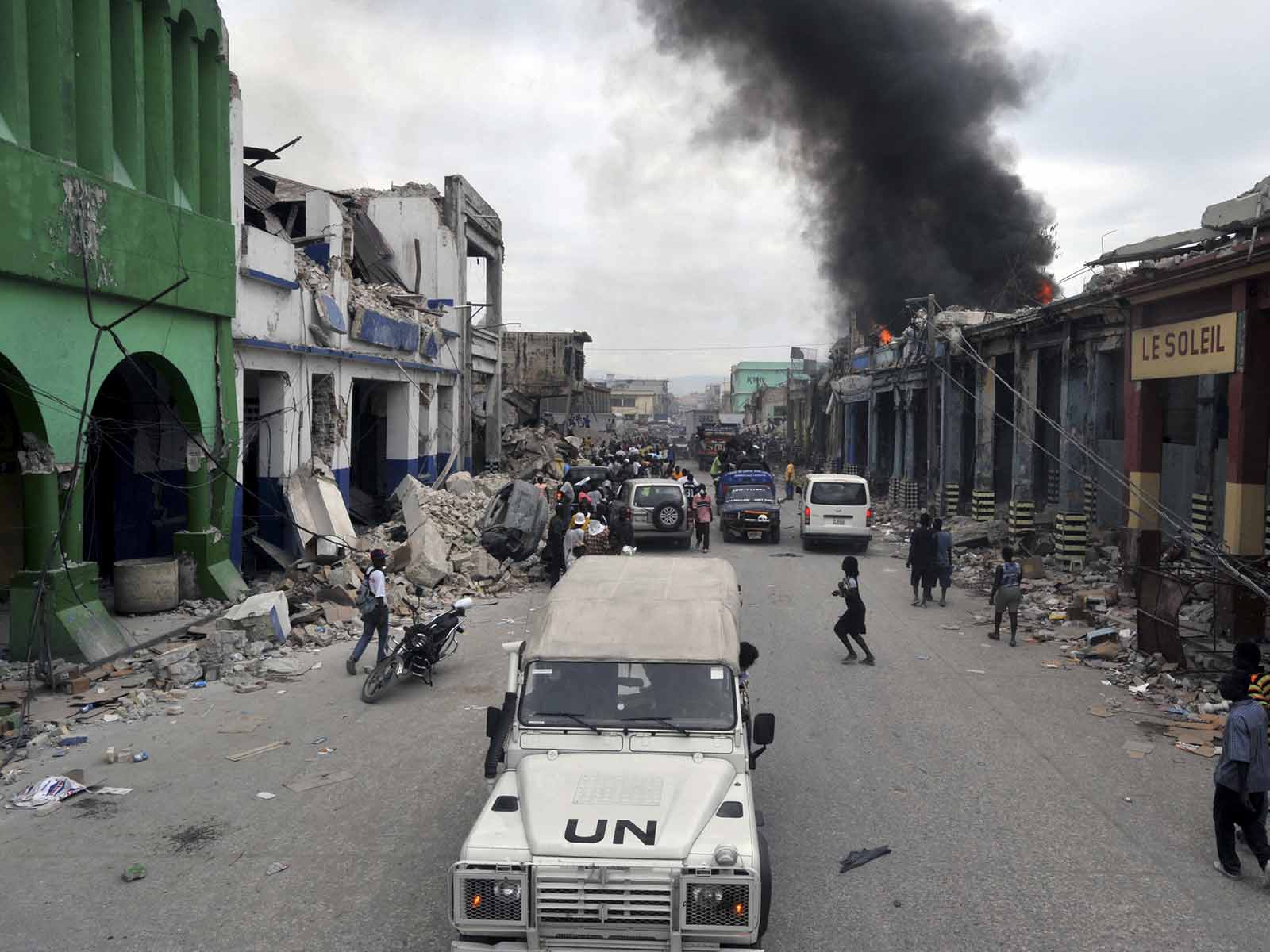
Our IMDT Awareness Trainings (HEAT) train the participants, mostly civilians with little or no preceding military background, to correctly evaluate the current situation at a site or mission.
The resulting necessary behavioral guidelines - for example, routine vehicle control before departure of a convoy - should be unequivocally recognized and effectively implemented depending on the actual situation.
In particular, in unexpected emergencies, which can arise during the daily routine of tasks by sudden change in the security situation, thoughtful, stress-free decision-making and action is necessary to minimize the threats and their effects and to provide the highest possible safetylevel.
Stress management techniques are necessary, especially for longer missions, in order to remain permanently operational.
This requires awareness of personal resilience limitations.
Ensuring the highest possible level of security is a major priority for states and international organizations who send personnel to crisis areas.
By reducing operational risks to an acceptable level, the measures deployed - for example pre-mission training - should ensure the achievement of mission objectives. The ability to perceive potential dangers is essential in order to deal with possible threats in war zones.
Course Modules (extraction)
Practical and theoretical test and evaluation.